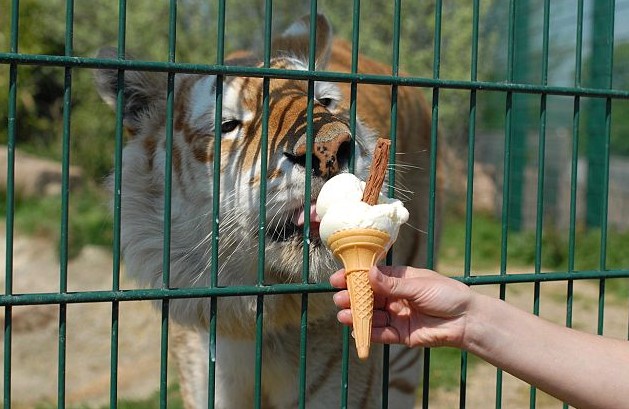I hope everyone is doing well! I have about a week until winter break and am guessing many of you are trying to stay focused on lessons and gradi... oh squirrel!
This week I'm presenting a definition review game. For those familar with it, this is a kinestetic activity based on a Frayer model. This protocol get students moving about and has them critically thinking about vocabulary while interacting with each other.
Title: Definition Match Up
Quick Summary: Students will get in groups as they review vocabulary concepts.
Materials needed: Index cards (with pre-made sets)
Prep: Before you do this protocol, you will need to create sets of vocabulary cards. The cards will be grouped into sets of three as noted below:
- One card will have the word or key phrase (for example, "primary color")
- One card will have the definition (for example, "A color that can't be made from other colors")
- One card will have an example (for example, "Red")
Make a separate set of three cards for each term you would like to review.
Procedure:
1) Give one card to each student. In typical #tlap form, I rarely just 'hand them' a card. There is something a bit more to it. "I have a secret message on this card. DON'T LOOK!"
2) On the go signal, have students look at the card.
3) Students have to then find their missing group members. Eventually they will form groups of three and read each card ensuring they have one word or phrase, one definition, and one example.
4) While groups are moving I put a question up on the board such as, "What big plans do you have this weekend? Don't be shy - I need something to do!" When groups find each other and are sure they are in their group of three, they discuss this question while other people settle in. This allows there to be a minimal amount of behavioral issues and helps continue to build community!
I'm blogging between grading... and it is almost tomorrow...
biotic - a living part of a biome - trees
producers - species that creates its own food - flowers
carnivore - a species that eats other animals - tiger
resource - a substance required by all living creatures - water
interdependent - living things that rely on each other for survival - bees and flowers
Initially groups will make mistakes - that's good! Sit back, review the requirements (word-definition-example), but don't 'help' students out. My group originally got into "flowers, bees and flowers, water," but when they asked "Which one of us is the word", they had trouble getting the other two into definition and example, and realized they needed new partners.
Processing:
After groups are satisfied, and I know where the big party is on Saturday night, we circle up while still staying in our groups of three. Students read their cards in order: word - definition - example. I might have students give a thumbs up or down (agree / disagree) or a scale to see how familiar they were with that term (1 finger for I didn't know it, 2 for I remember hearing it, and 3 for I remembered that term and definition.) We also discuss if there are definitions or examples that could have been in different places. For instance, in my example above students discussed how 'trees' and 'flowers' could have changed groups, but tigers could not have since there were no other carnivores.
Carnivore is such a misnomer!
I'd love to hear other variations that you come up with as you try out this protocol! Have an amazing holiday break!


This sounds like a lot of fun!
ReplyDelete